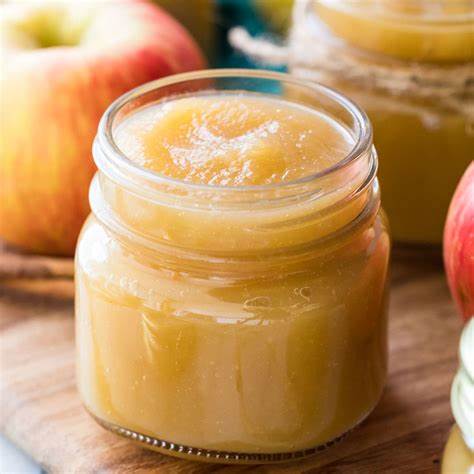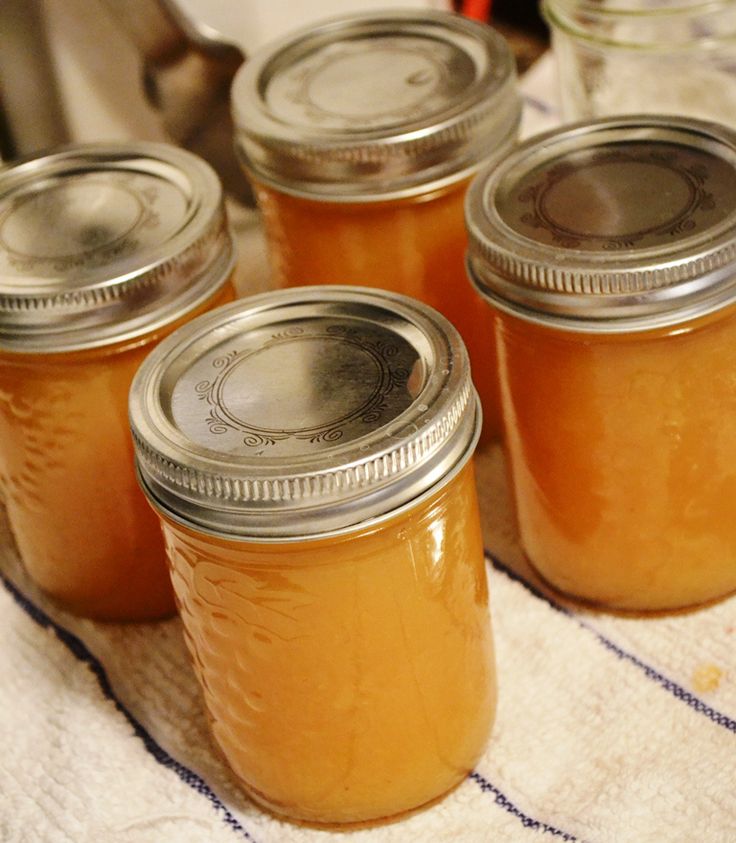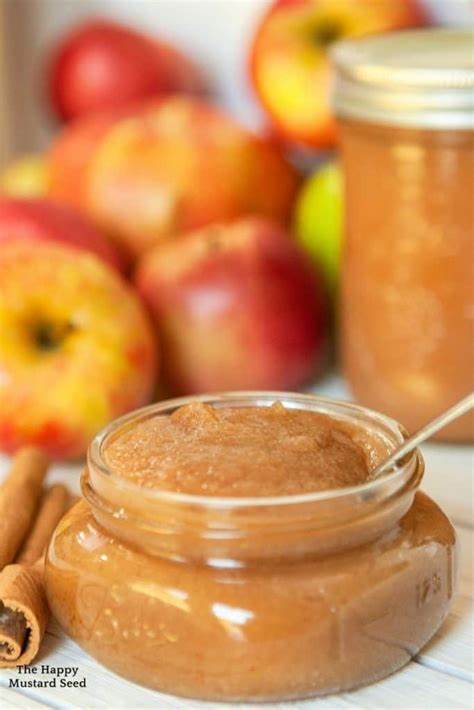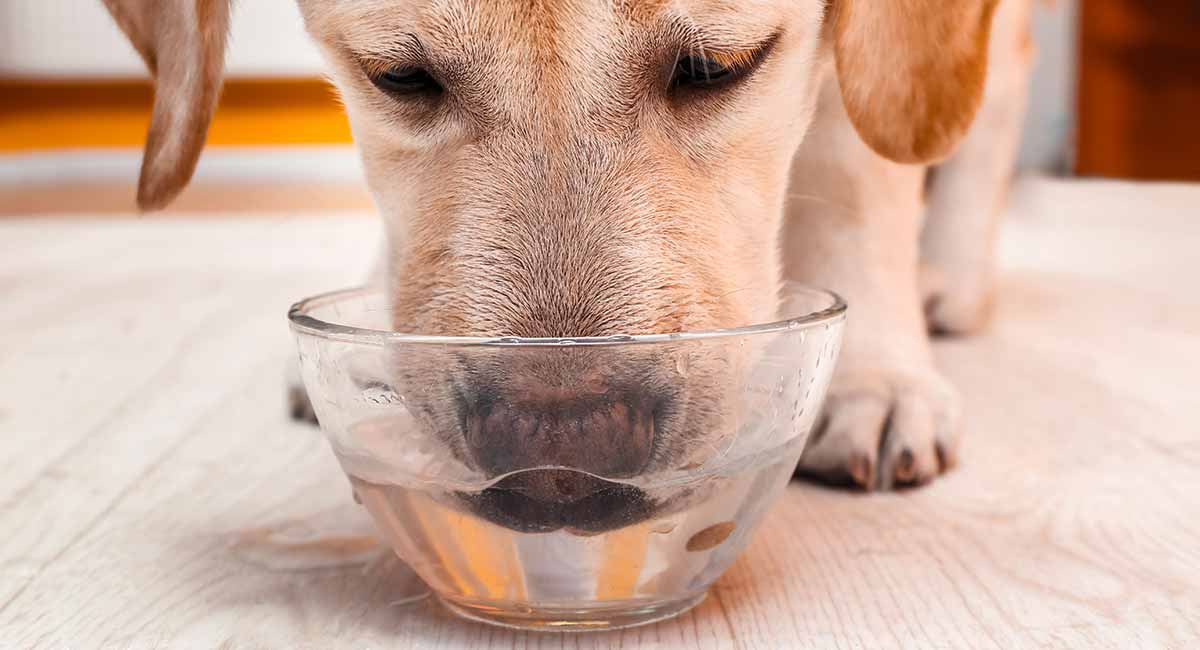You’re cooking up some cinnamon applesauce for the kids when your dog hovers nearby, clearly hoping for a taste. Is applesauce good for dogs to enjoy too? Or is this fruity snack better reserved just for human consumption?
The answer is yes, dogs can safely eat plain applesauce in moderation. Applesauce offers canine health benefits from key vitamins, minerals, and antioxidants. However, there are some preparation rules and serving tips to follow.
In this article, we’ll explore the benefits of applesauce for dogs, any potential risks, and how to feed it properly as an occasional treat. Let’s dive in!
The Nutritional Benefits of Applesauce
So what exactly makes applesauce a healthy snack for dogs? Here’s what the ingredients offer:
Vitamin A – Supports eye, skin, coat, and immune system health.
Vitamin C – Boosts immunity and acts as an antioxidant for cellular health.
B Vitamins – Aid metabolism and enzyme production.
Fiber – Promotes digestive regularity and weight maintenance.
Flavonoids – Antioxidants that reduce inflammation, cancer risk, and cholesterol.
Minerals – Provides trace iron, calcium, magnesium, potassium and more.
Applesauce makes a nutrient-dense treat full of immunity boosters, antioxidants, and important dietary fiber. Just be mindful of preparation and portion size.

Is Applesauce Easy for Dogs to Digest?
The smooth, puréed texture of applesauce makes it a gentle food for dogs to digest. Roasting the apples softens the fruit and destroys irritating compounds.
However, some dogs may experience gas or loose stool if feeding too much applesauce at once. Introduce gradually and discontinue use if any gastrointestinal upset results.
Puppies under 1 year old may not fully tolerate chunkier textures. For young pups, smooth over jarred applesauce in a blender or food processor until completely puréed and uniform.
Tips for Serving Applesauce to Dogs
When offering applesauce to your dog, follow these preparation tips:
- Select plain, unsweetened applesauce – never flavored or sweetened varieties.
- Check ingredients to avoid applesauce with added sugar, spices, or preservatives.
- Stick to all-natural, organic brands with minimal processing.
- Serve at room temperature or slightly warmed – not piping hot.
- Mash or puree smooth for easier digestion and choking prevention.
- Mix just 1-2 tablespoons into their regular dog food at mealtimes.
- Refrigerate leftover portions promptly and serve within 3 days.
Following these commonsense guidelines will allow your dog to reap the nutritional rewards safely.
Are There Any Risks of Feeding Dogs Applesauce?
While applesauce makes a healthy treat in moderation, a few risks do exist:
- Sugar content – Excessive applesauce could lead to weight gain, obesity, and diabetes if overfed.
- Allergies – Some dogs may have sensitivities to apples or common spices added like cinnamon.
- Choking hazard – Always puree smooth to prevent inhaling chunks.
- Upset stomach – Too much too soon can cause vomiting, gas, or diarrhea in sensitive dogs.
- Toxic add-ins – Avoid applesauce with the sweetener xylitol or seasonings toxic to dogs like nutmeg.
Simply control portions, stick to plain, unsweetened varieties free of add-ins, and introduce slowly to avoid issues. Consult your vet if any concerning symptoms develop.

How Much Applesauce Can Dogs Eat?
1-2 tablespoons of plain applesauce 1-3 times per week makes a reasonable serving size for most average sized dogs. Adjust accordingly for small or large breeds:
- Small dogs: 1 teaspoon or less
- Medium dogs: 1-2 tablespoons
- Large dogs: Up to 1/4 cup
- Puppies: Just a lick or two initially
Ultimately, applesauce should represent no more than 10% of your dog’s total daily calories. Any more and the sugar content becomes problematic.
Can Puppies Enjoy Applesauce Too?
Yes, puppies over 8-12 weeks can start enjoying diluted applesauce. Introduce just a tiny lick at first, then gradually work up to 1-2 teaspoons for a young pup.
Always puree smooth and monitor stools. Diarrhea or vomiting warrants discontinuing use until about 6 months old when their digestive system matures.
Questions About Feeding Dogs Applesauce
Still have some questions about sharing applesauce with your dog? Here are some common queries:
Can I give my diabetic dog applesauce?
Discuss with your vet first. The natural sugar requires close monitoring of blood glucose, but the fiber benefits diabetic dogs.
Is chunky applesauce OK or should I puree it?
Definitely puree it smooth, adding a splash of water if too thick. Even tiny chunks pose a choking risk for dogs.
Can dogs have unsweetened cinnamon applesauce?
Avoid spiced applesauce, as the oils may irritate dogs’ gastrointestinal tract. Stick to plain, unsweetened varieties only.
Can too much applesauce cause diarrhea?
Yes, excessive portions or too much fiber at once may loosen stools. Stick to the recommended serving sizes and monitor reactions.
In summary, plain unsweetened applesauce makes a tasty occasional treat dogs can enjoy. Just mind your prep methods, serving sizes, and your pup’s reactions. Have any other questions about dogs and fruit? Let us know below!


